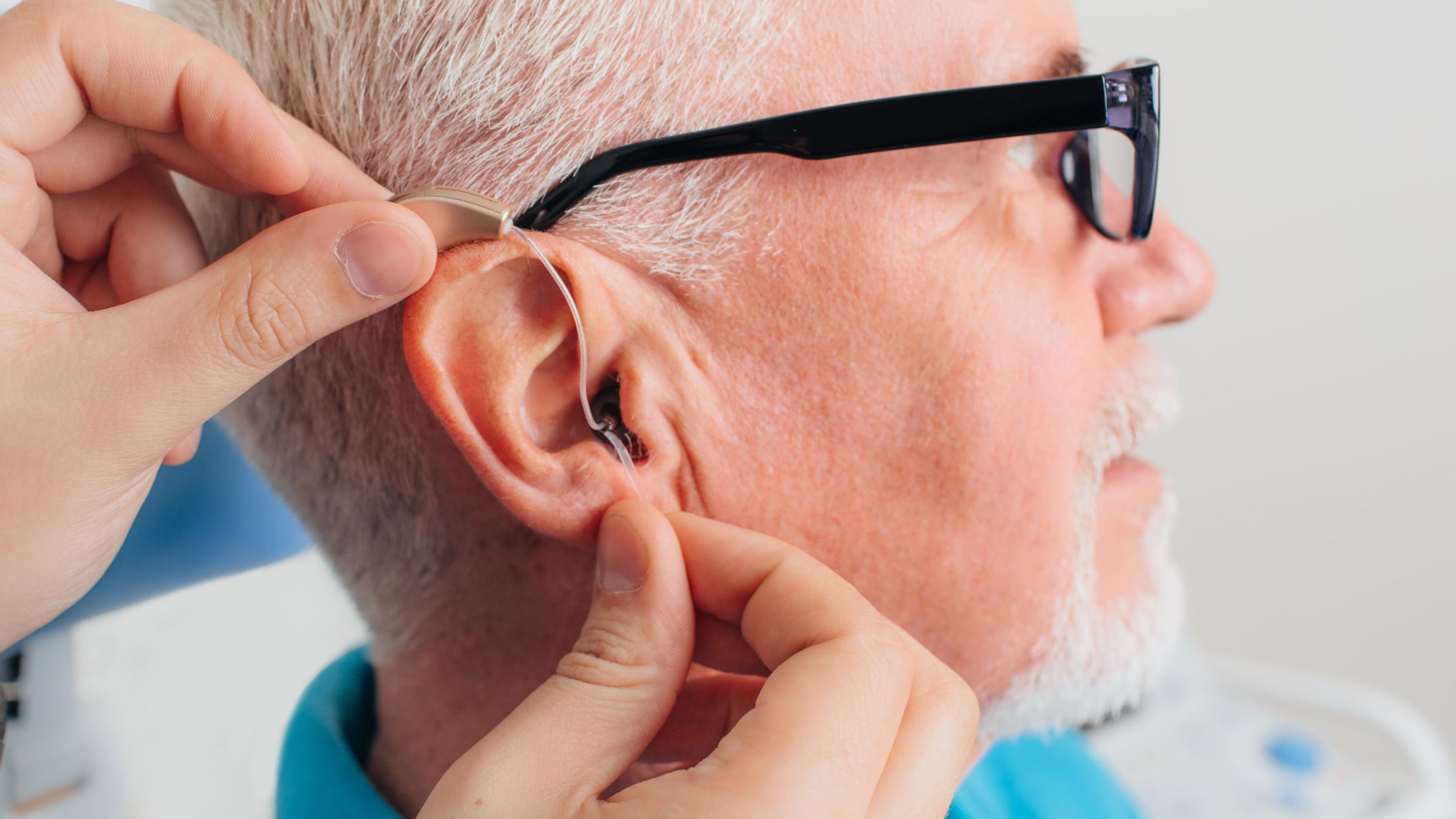

Introduction
Welcome to our guide to the fitting procedure for hearing aids! It’s important to know what to anticipate during the fitting process if you or a loved one is thinking about getting hearing aids. This process, which includes everything from initial consultations to continuing adjustments, is essential to maximizing the advantages of hearing aids and enhancing general quality of life. Let’s examine the phases in this life-changing procedure.
Consultation and Assessment
Usually, an audiologist or other hearing care specialist consultation is the first step in the fitting procedure. The audiologist will perform a thorough evaluation of your hearing health during this visit. This could involve talking about your health history, lifestyle choices, and particular hearing issues. In addition, a battery of hearing tests might be given to assess your ability to hear in a variety of frequencies and listening conditions.

Selection of Hearing Aids
The audiologist will work with you to choose the best hearing aids to suit your needs based on the assessment’s findings. Hearing aids come in a wide variety of forms and designs, from behind-the-ear (BTE) to fully-in-the-canal (CIC) devices. The decision-making process will be influenced by various factors, including your level of hearing loss, aesthetic preferences, and lifestyle requirements. Making the right hearing aid choice is an essential first step on the path to better hearing and general wellbeing.
Customization and Programming
Following selection, the hearing aids will be fitted and adjusted to match your unique hearing profile. To achieve optimal performance, this entails fine-tuning a number of settings, including frequency response, noise reduction features, and volume levels. For maximum benefit and longevity, the audiologist will also provide instructions on how to insert, remove, and maintain your hearing aids correctly.
Verification and Real-World Testing
The audiologist will carry out verification procedures following the initial programming to make sure the hearing aids are fulfilling your hearing needs and offering the appropriate amplification. In order to evaluate the effectiveness of the hearing aids in varied listening situations, real-world testing may entail wearing them in noisy restaurants and quiet areas. At this point, be made to further maximize performance. During the fitting process of hearing aids, verification and in-person testing are essential steps that guarantee the requirements and preferences.

Follow-Up and Ongoing Support
After the hearing aids are given out, the fitting process continues. Appointments for follow-up are essential for tracking development, resolving issues or problems, and making any necessary additional modifications. Your audiologist will offer tips on how to get used to wearing hearing aids gradually as well as ways to get the most out of them in daily situations. You can also secure the long-term performance of your hearing aids with the availability of ongoing support and maintenance services, like cleanings and check-ups.

Conclusion
The fitting process for hearing aids is a cooperative effort between you and your audiologist with the goal of improving your overall quality of life and your ability to hear. You may make the best decisions and get the most out of your hearing aids by being aware of the many steps involved and actively involved in the process. To begin your journey towards improved hearing, make an appointment with a licensed audiologist right away. It’s critical that you take an active role in the process as journey and share your experiences with the hearing aids. can suggest ways to get the most out of them in everyday life.